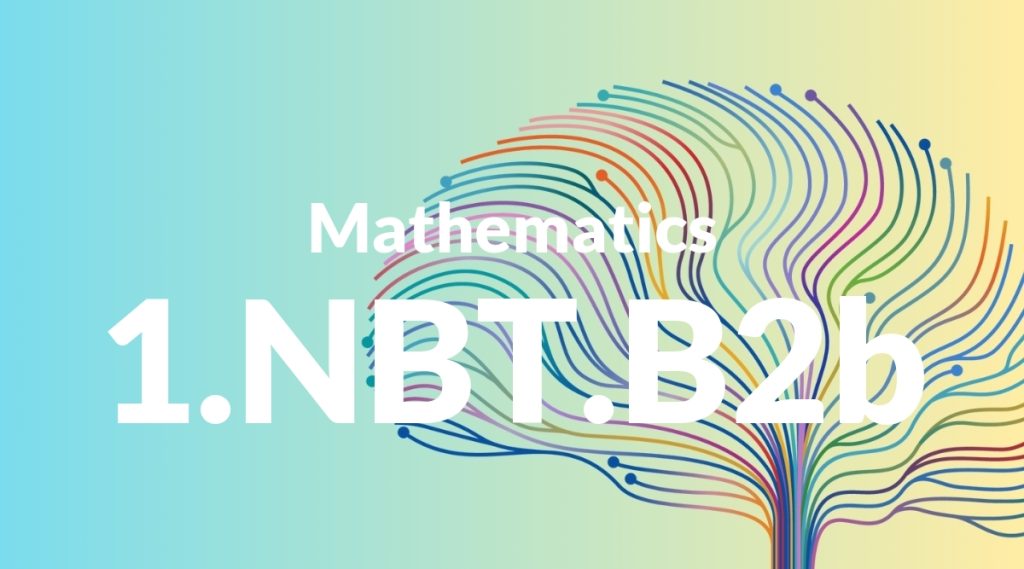Standard: 1.NBT.B2b – The numbers from 11 to 19 are composed of a ten and one, two, three, four, five, six, seven, eight, or nine ones.
Grade level: Grade 1
Subject: Mathematics
Domain: Number & Operations in Base Ten
Teacher Overview
This standard focuses on helping students understand that numbers from 11 to 19 are composed of a ten and additional ones. This foundational concept is crucial for developing a solid understanding of place value, which is essential for more advanced arithmetic operations. Before starting this standard, students should be comfortable with counting to ten and recognizing numbers from 1 to 10. They should also have some experience with grouping objects.
After mastering this standard, students will be prepared to understand place value for larger numbers, perform addition and subtraction with two-digit numbers, and begin to grasp the concepts of hundreds and thousands.
Common Misconception 1
A common misconception is that students may think the numbers 11 to 19 are just a sequence of single digits. This misunderstanding can hinder their ability to grasp place value.
Intervention 1
To address this, use visual aids like ten frames and base-ten blocks to show how teen numbers are composed of one ten and additional ones.
Common Misconception 2
Another misconception is that students might believe the number 10 is not part of the teen numbers. This can create confusion when they try to understand the structure of numbers.
Intervention 2
To remediate this, consistently refer to the number 10 as the base for teen numbers and use number lines to illustrate the sequence.
Prerequisite Knowledge
Students should understand the concept of counting to ten and recognize the numbers from 1 to 10. They should also be familiar with the idea of grouping objects.
Subsequent Knowledge
Students will develop an understanding of place value for larger numbers, learn to perform addition and subtraction with two-digit numbers, and begin to understand the concepts of hundreds and thousands.
Instructional Activities
- Using ten frames to visualize teen numbers
- Counting objects and grouping them into tens and ones
- Playing games that involve identifying and creating teen numbers
- Using base-ten blocks to build and decompose teen numbers
- Incorporating number lines to locate and understand teen numbers




